Media | Articles
Are these 7 classics from the ’70s creeping out of reach?
The Hagerty Price Guide (HPG) is a treasure trove of data about classic cars of all shapes and sizes. It collects sales data from places others can’t, including peer-to-peer sales you will never see on an auction site or classified listing. Some of the most interesting trends are seen when pulling HPG’s pricing data for vehicles in #3 condition (Good), as they aren’t likely to be recipients of big-dollar restorations; rather, they are driver-quality cars that received plenty of TLC over the course of their lives.
Something amazing happens when you pull HPG’s data for cars from one of the most undesirable periods in automotive history. The 1970s started off with heady days of delight, turning into a Malaise Era of undesirable, secretive engineering that made cars safer, far less polluting, and laden with plastic. And yet, there’s some merriment in that malaise, because now they are old, rare, and collectible enough to command median transaction prices higher than $5000. Far higher. Just look at the vehicles HPG found for $5000 or less in #3 condition:
- 1970–75 Volvo 164: $4400
- 1971–75 Lancia 2000: $4400
- 1976–80 Volvo 264: $4800
- 1977–80 Volvo 265: $4900
- 1975–80 Buick Skyhawk: $5000
That’s it—that’s the whole list of 1970s cars in good condition you can find for under $5000. Keep in mind these are median price values, so you can indeed find 1970s cars in #3 condition for less, but you’re gonna find just as many that will be more. And every other car on our list had median values higher than $5000. Some were downright surprising, in a “those are how much?” kind of way. Here are seven such shockers that had us scratching our heads.
1977–80 Lincoln Versailles: $6900
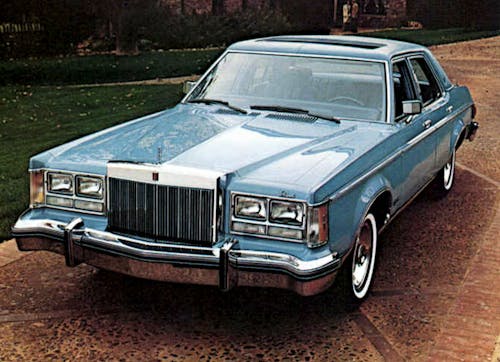
Shocker number one from the 1970s used to be harvested for its precious, disc-brake–laden nine-inch Ford axle and then unceremoniously sent to the scrapper. Good luck making that happen again, as the Lincoln Versailles in #3 condition now has a median sales figure of $6900. Maybe you can still find one at a junkyard that hasn’t been touched, but at this point you might be better off with aftermarket parts on another Ford nine-incher.
Warts and all, people are clearly appreciating the Versailles’ refined NVH and acres of leather. Perhaps the connection to the Ford Granada is actually a selling point for would-be owners in 2023?
Marketplace
Buy and sell classics with confidence
1974–78 AMC Matador: $8400
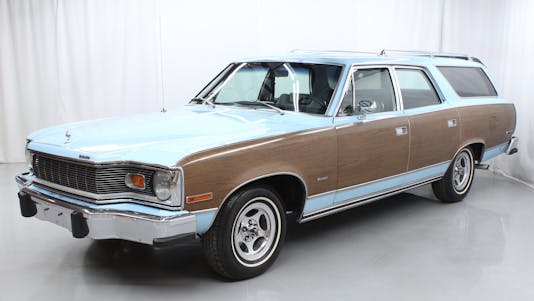
While still lagging behind AMC’s more famous Pacer (which is currently $500 more dear, at an $8900 median price), the Matador’s quirky interior and exterior styling has clearly come out of the shadows to turn into a cool cruiser in a sea of overdone classics and modern CUVs. Owning an AMC product may pose challenges in the current millennium, but it’s clear that rarity increases the value of something. Well, eventually. And this might be the moment the AMC faithful can celebrate!
1974–78 Ford Mustang II: $10,200
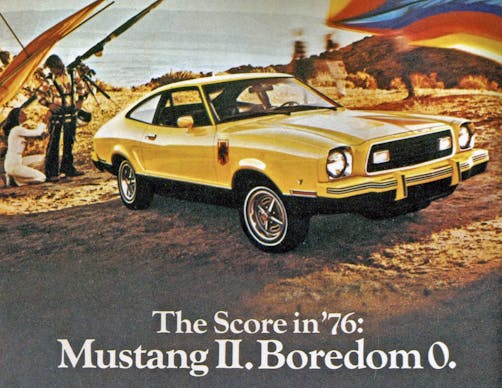
I’m glad to see the Mustang II is getting credit for being a great vehicle in the Malaise Era. Maybe even a great vehicle in general? That’s up for debate, but with a median price over $10,000 for Mustang IIs in #3 condition, it’s clear that surviving members of this breed of Pony Car have turned into an appreciating classic. They are certainly cheaper than first-generation Mustangs, but they clearly stomp on the 1974 Mercury Capri V-6’s median price of $8200.
As the ad above proves, the Mustang II made 1976 far less Malaise-y than it coulda been. But now its clear that 2023 is far less boring thanks to the esteemed Mustang from the time of bell bottom jeans, Erik Estrada, and fondue pots.
1974 Datsun 260Z: $15,950
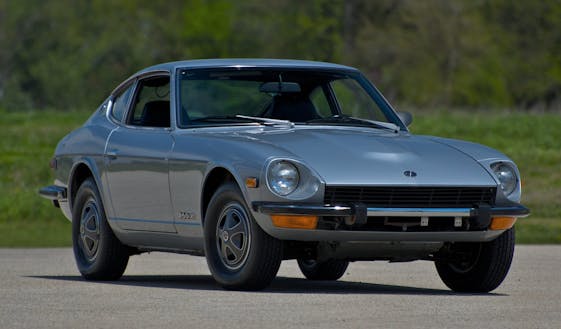
The one-year-only production run of the Datsun 260Z doesn’t quite muster up the broader appeal of the 240Z before it, as its median value is roughly $12,000 lower than the original Z-car. Which only broadens the appeal of all S30-bodied Datsun sports cars, opening the market up to folks who are priced out of the 240Z. These days, all S30s are desirable, and you can have less guilt upgrading one (especially with brakes/powertrains/etc. from the later 280ZX) if it isn’t the original.
All S30s are fun, but there’s something to be said about having more bang for your buck in a 260Z with just a few modifications you’d regret doing to a “valuable” 240z.
1973–76 Chevrolet Caprice Classic: $18,800

The B-body family of GM products has been a favorite of full-size sedan fans for decades, and the last of the truly huge land yachts (before their 1977 downsizing) are commanding transaction prices on par with the smaller, sleeker, Caprices of the 1960s. For example, the 1968 Caprice Coupe is currently at $19,000 and its less desirable hardtop sedan brother rests at $13,000. The $18,800 valuation for all body styles of full-sized Caprice from the Malaise Era suggests all Caprices are equally desirable, no matter their power output or bumper size. And that’s a pretty good place to be, if you were one of the biggest cars from the mid 1970s.
1974–80 Plymouth Trail Duster: $19,800
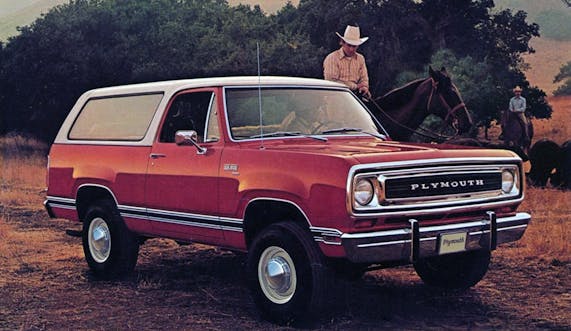
Much like a Denali over a regular GMC, I always felt the Plymouth versions of 1970s Dodge trucks were cooler because of their trademark grille with bold lettering. But the Plymouth Trail Duster SUV never had the widespread name recognition of its Dodge Ramcharger brother, and I reckon more than a few were re-grilled to Dodge standards to ensure a wider audience.
That is still likely a good idea for dealers and flippers, as the Plymouth’s near-$20,000 median price is almost $4000 less than a 1974–80 Dodge Ramcharger in the same condition. And that’s a tragedy, as the Plymouth SUV should be the “grille of your dreams.”
1971–75 Pontiac Grand Ville: $22,150
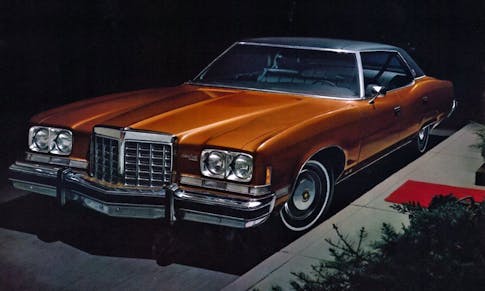
Speaking of grilles, how can the Pontiac Grand Ville be worth more than $3000 over a sistership B-body Chevrolet Caprice of the same era? To be fair, this value is probably skewed by the early Grand Ville’s small bumpers, sleeker styling, and higher power/higher emissions powertrains available at the beginning. But when you’ve run out of GTOs and Firebirds to collect, why not get a full-size Pontiac with the style and underhood engineering so familiar to you?
Or perhaps Malaise Era B-bodies follow the trend of the smaller F-body of the 1970s, as the second-generation Firebird ($16,900) has a median value that is $200 higher than its Chevrolet Camaro ($16,700) counterpart. Because if Burt Reynolds made the Firebird a household name back then, Jackie Gleason’s association with Pontiac sedans certainly couldn’t hurt.
***
Check out the Hagerty Media homepage so you don’t miss a single story, or better yet, bookmark it. To get our best stories delivered right to your inbox, subscribe to our newsletters.

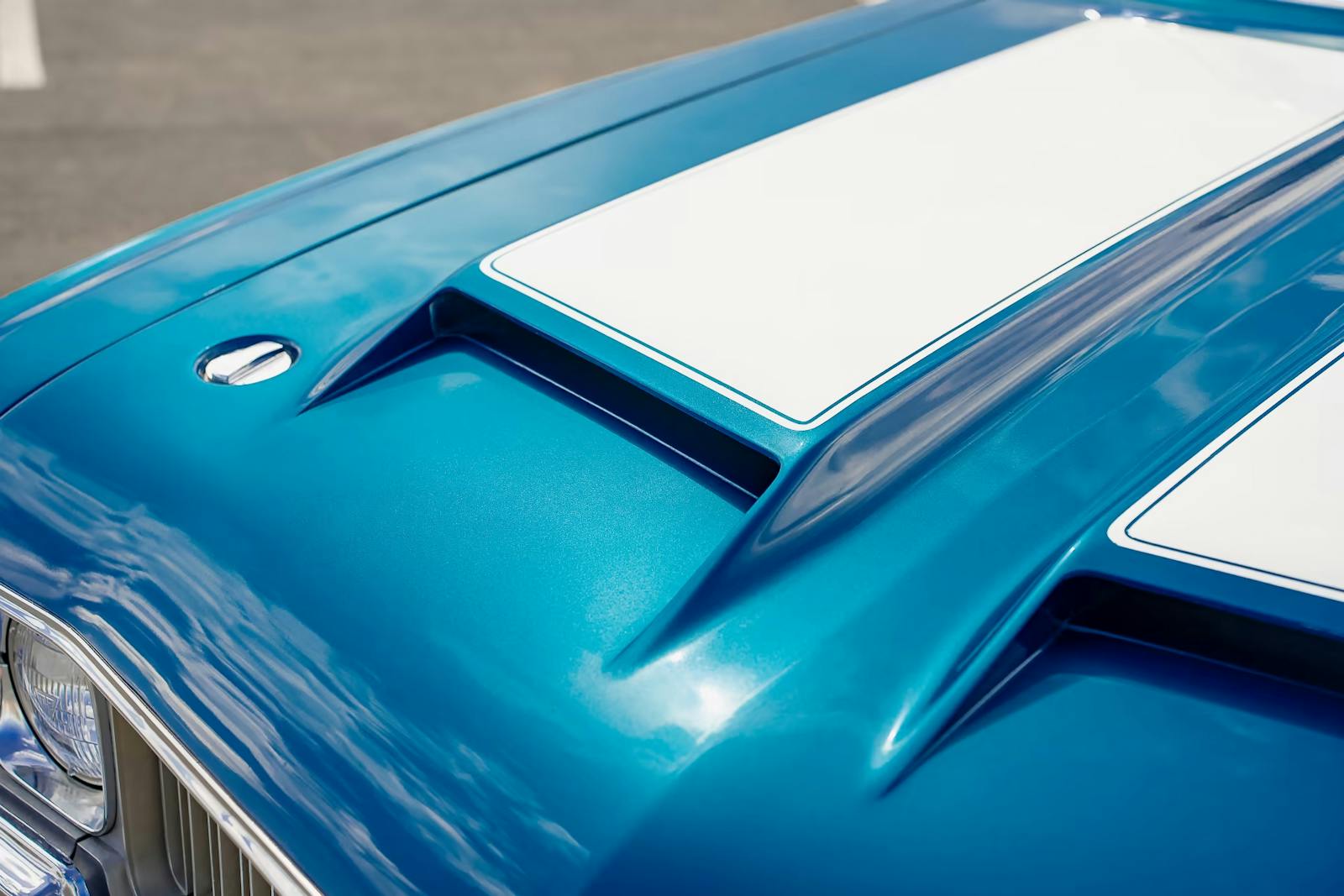









I had forgotten just how good the Mustang II looked! Easily the best looking Mustang generation with the possible exception of the Mustang Mach-E.
I have a 77 280z and for the most part, parts are available if you know where to look.
Aside from the Z, we have officially reached the point where people are spending money just to be able to say they have an old vehicle. There is zero appeal on that list other than the Z.
The Mustang II styling has aged well (remember what the ranchero looked like in 1977). These cars may not appeal to most, but I appreciate those who work to preserve old vehicles, especially in a time where most of what’s on the road are trucks with giant grilles or boring crossover SUVs, both rarely offered in any color other than black, white, and in-between.
The only one that I would possibly consider is the 260z. The rest of them , I wouldn’t even take for free.
To answer the general comment or rhetorical question, “who would pay so much for junk like this?” the answer comes down to the limited few of these cars that are left in circulation, and the notion that although they are generally less desireable mainly because they are less popular compared to their 60s counter parts, it’s precisely the smaller number of folks who have a nostalgic connection to these cars that are the ones paying top dollar to get one now that so few remain. My father bought a brand new ’79 Lincoln Continental Town Car and I still have it. I also have a 76 and a 77 Town Coupe as well. I got them all for under $1,500 and now they are easily worth $8,000-$10,000 for similar condition cars.
On the scarcity of cars in the junkyard, I agree, with the prevalence of recycling the metals in the cars, they are worth more scrapped than to sit in the yards for years.